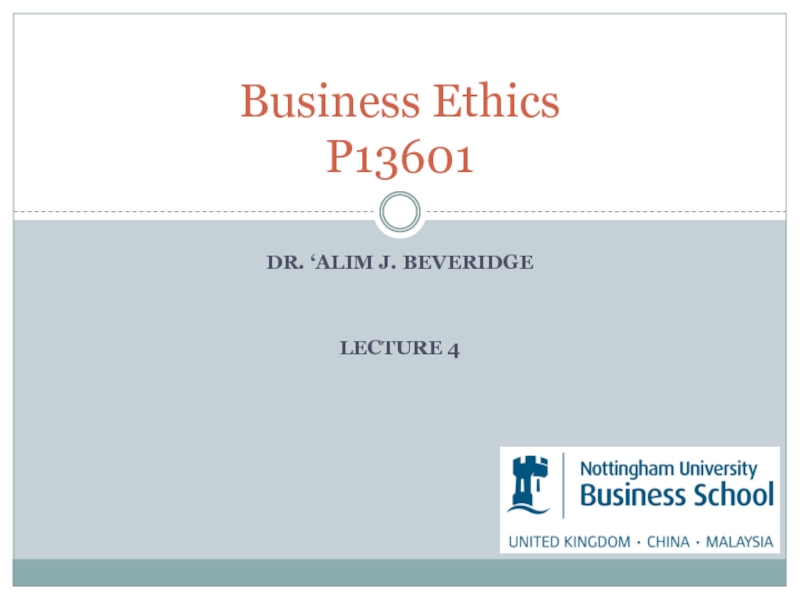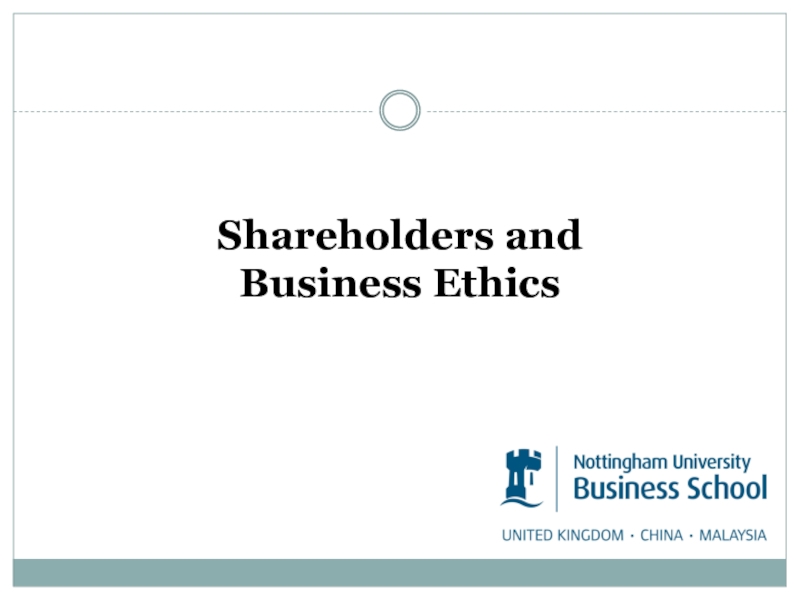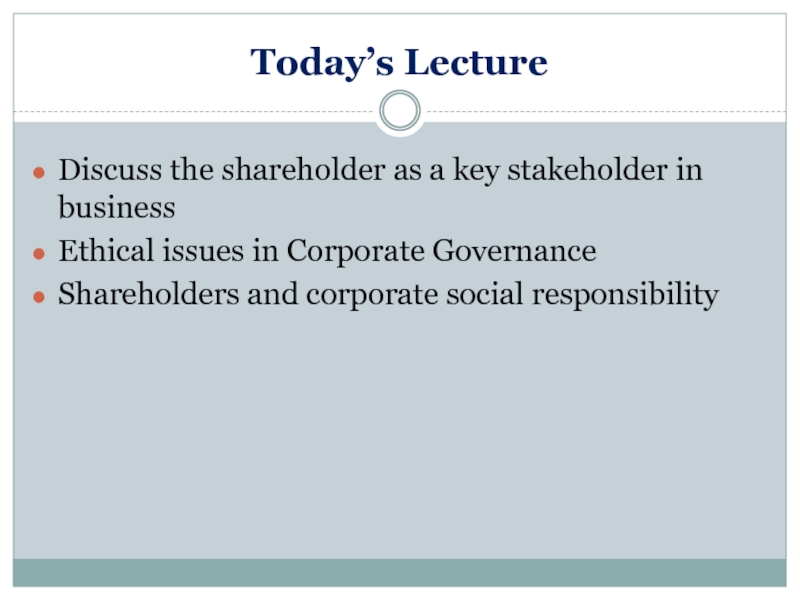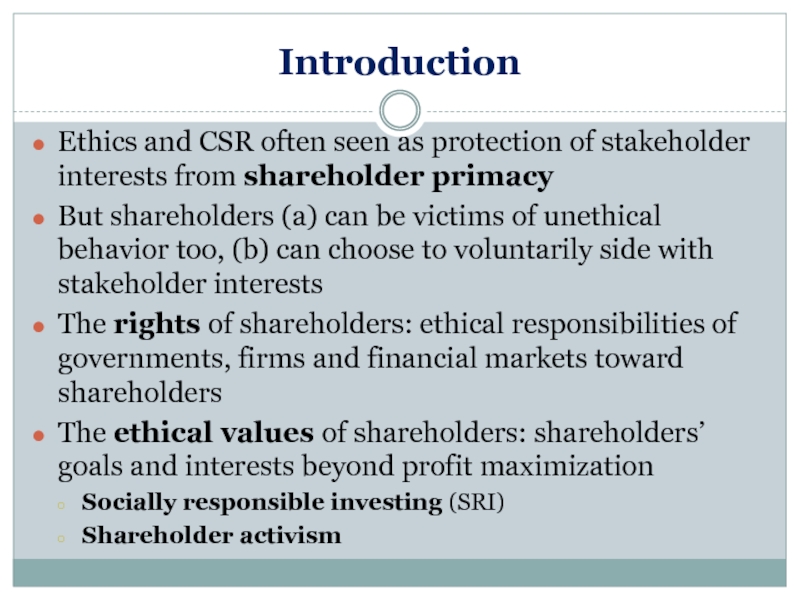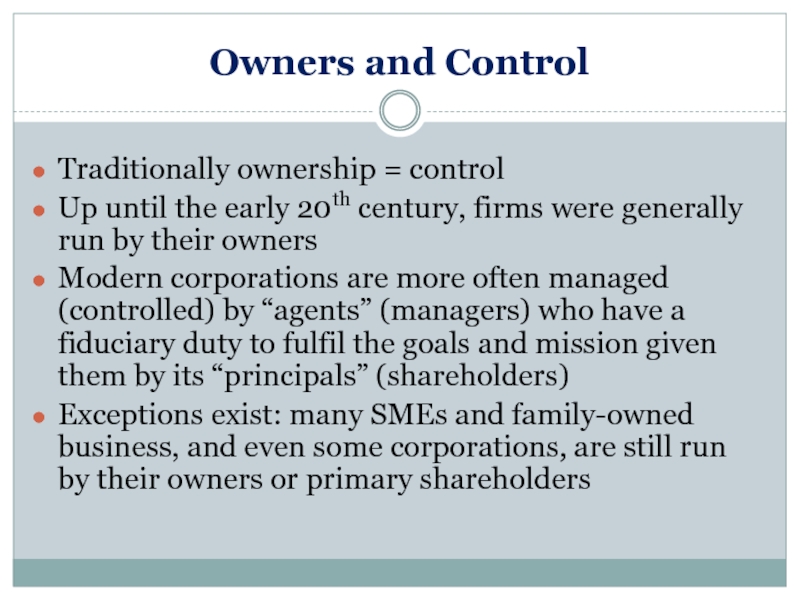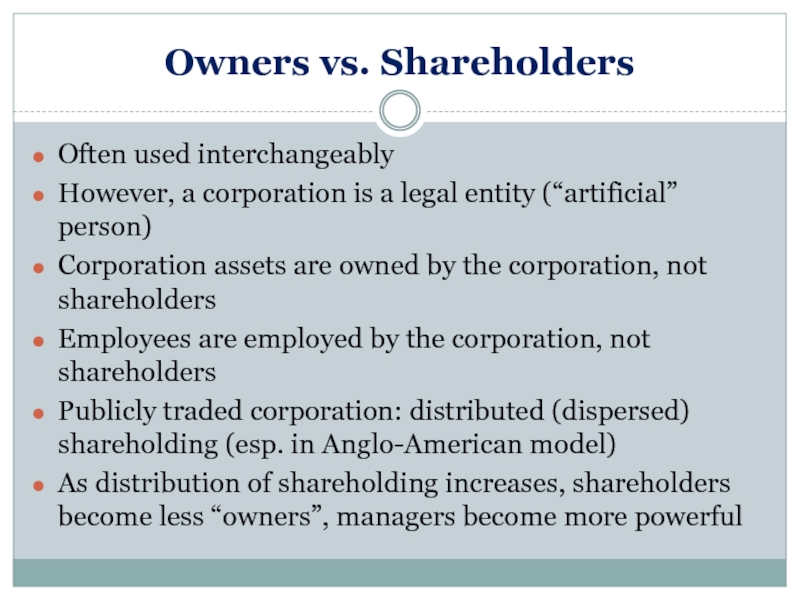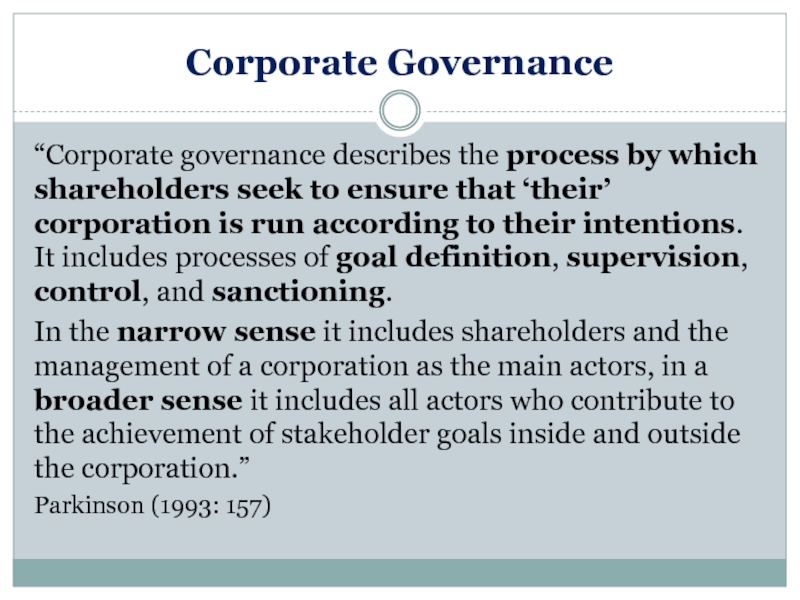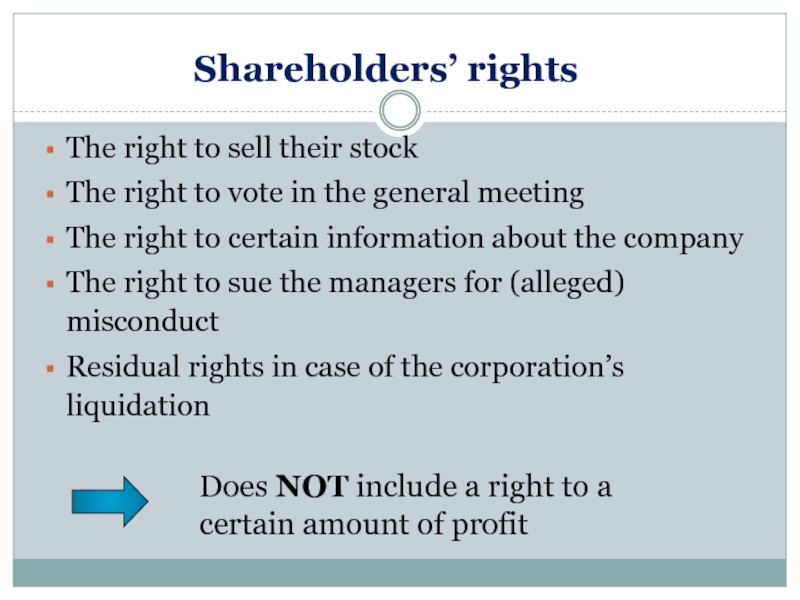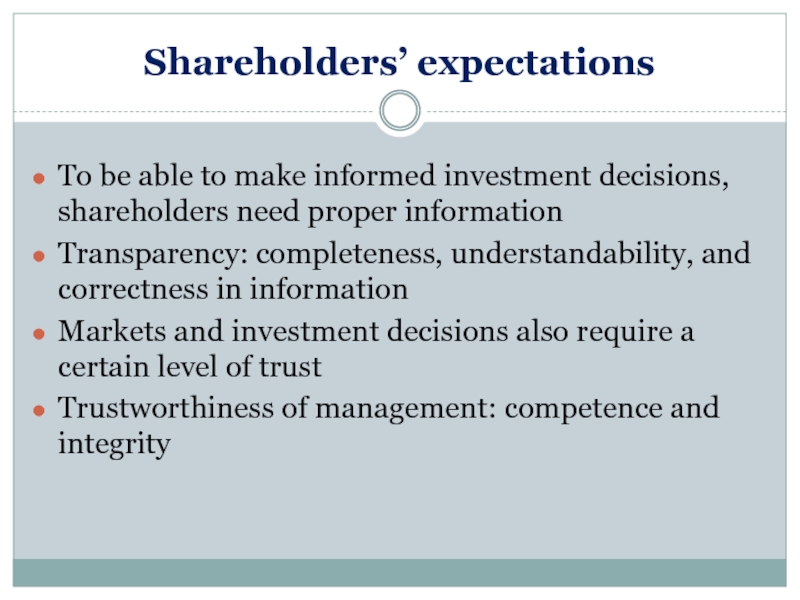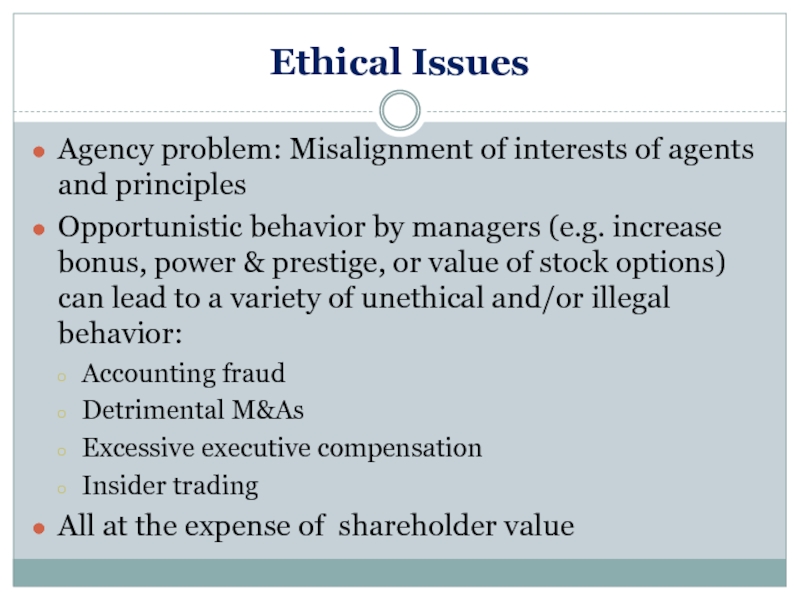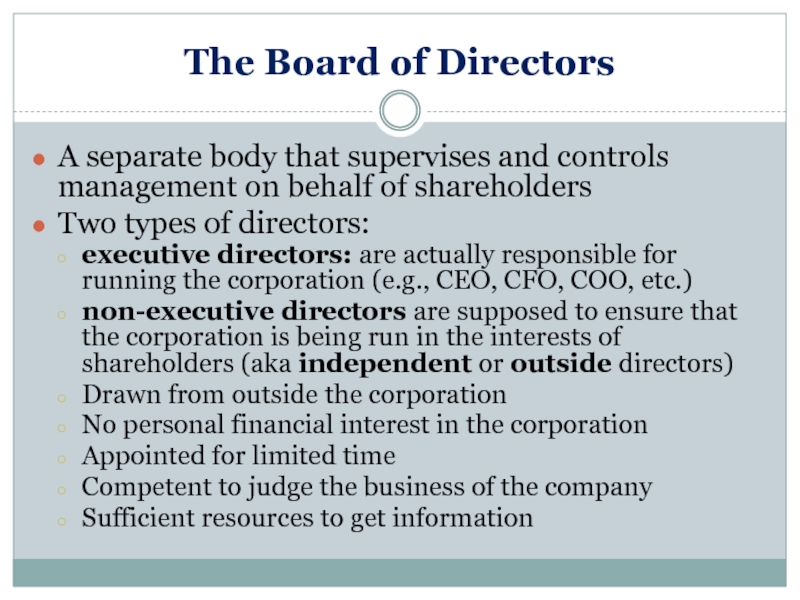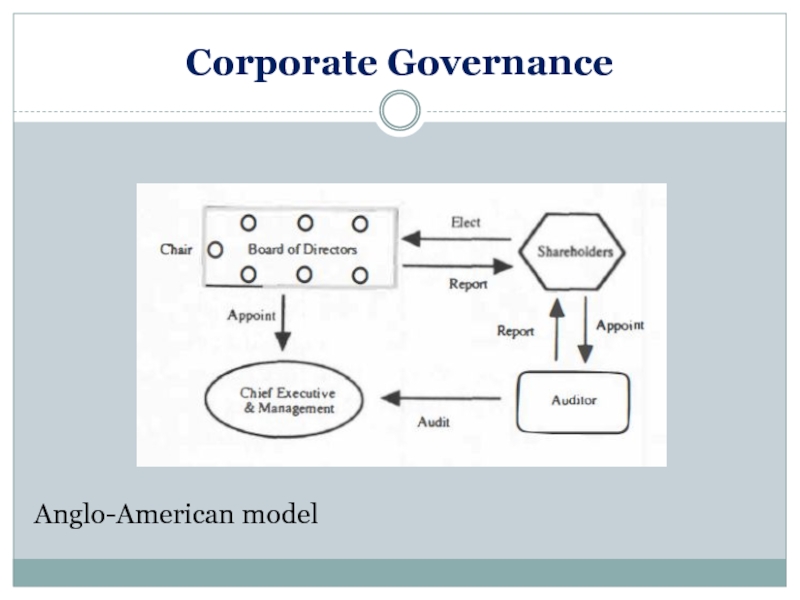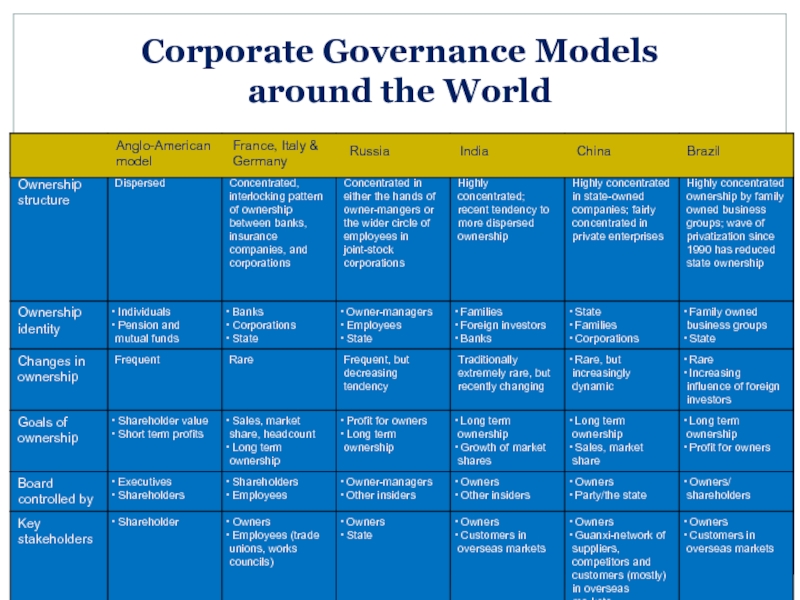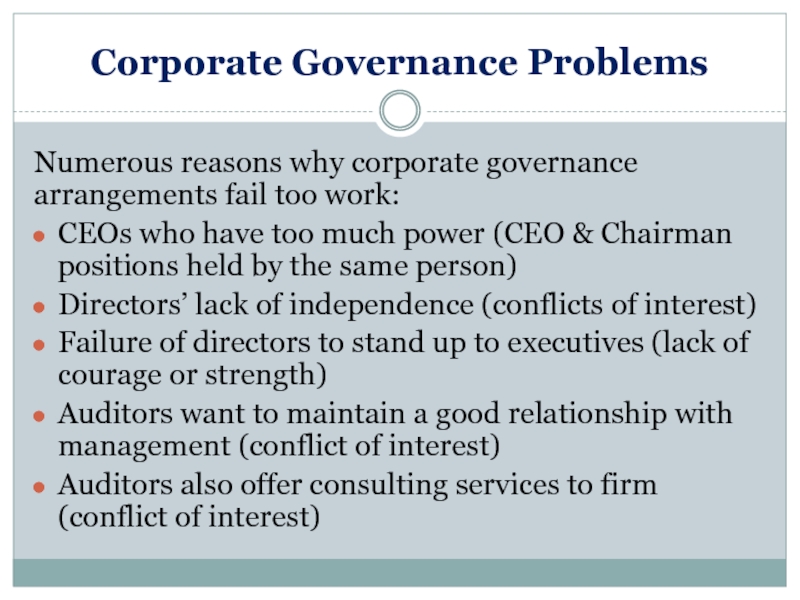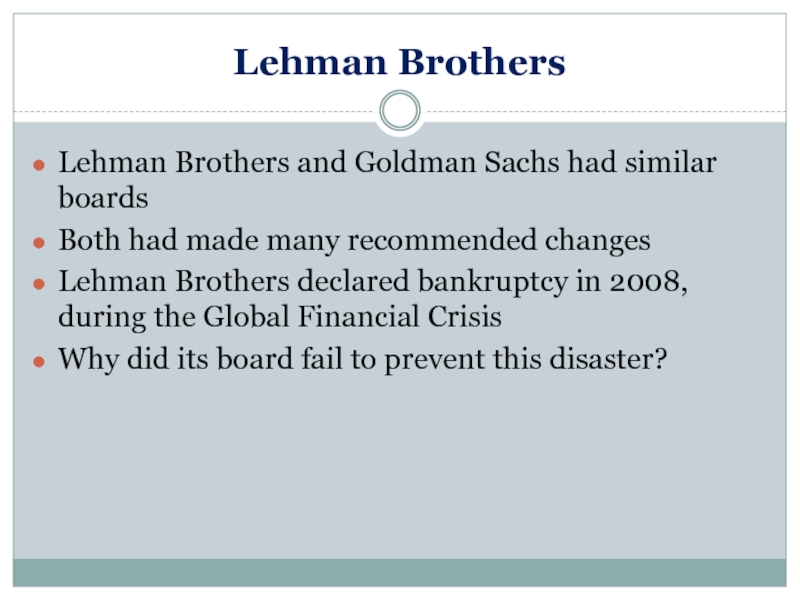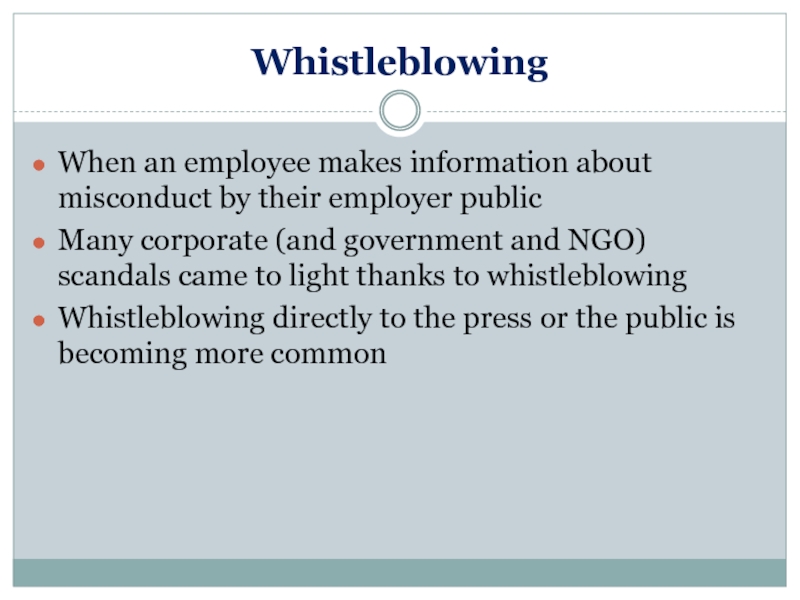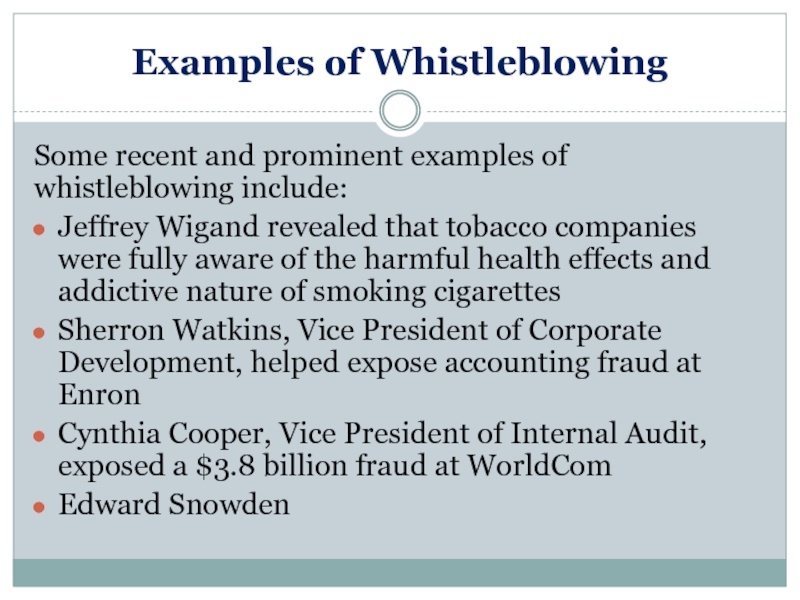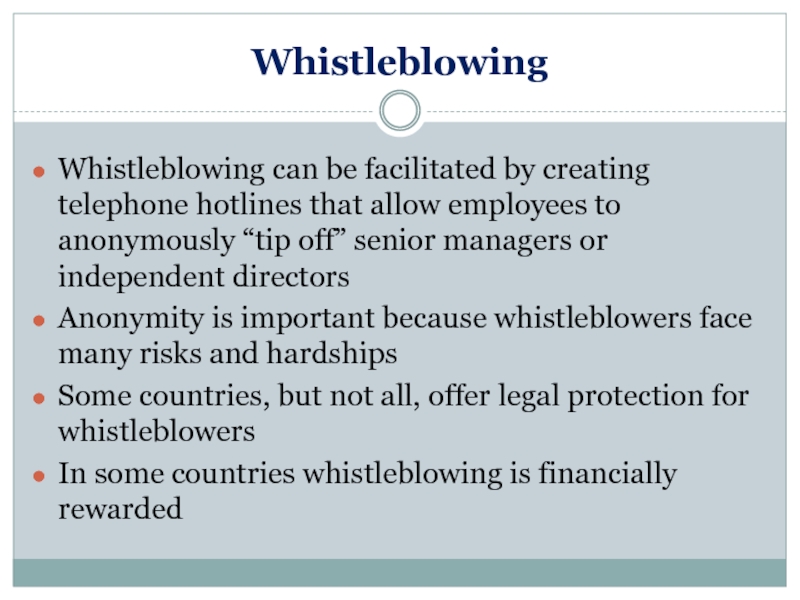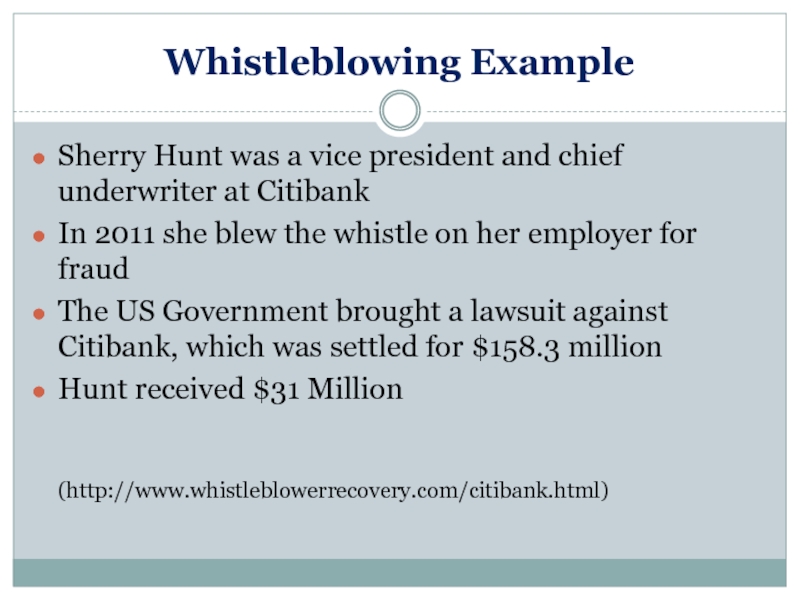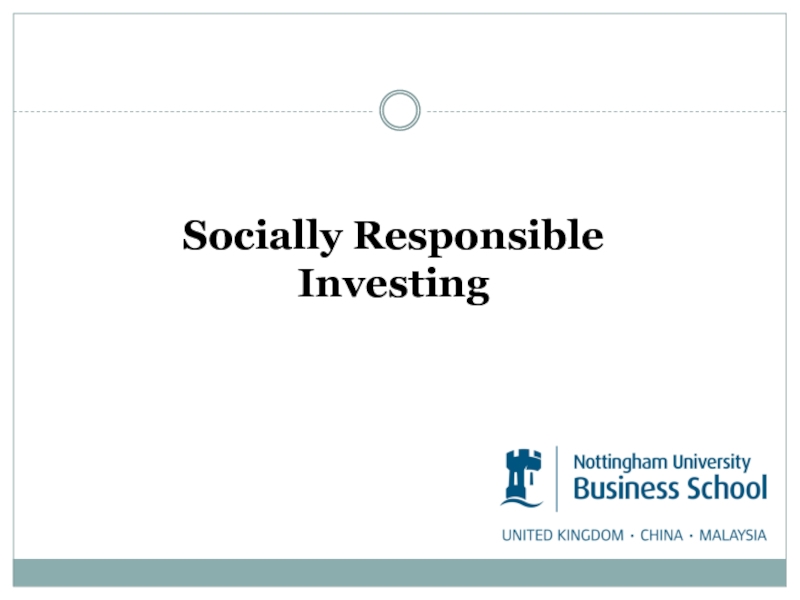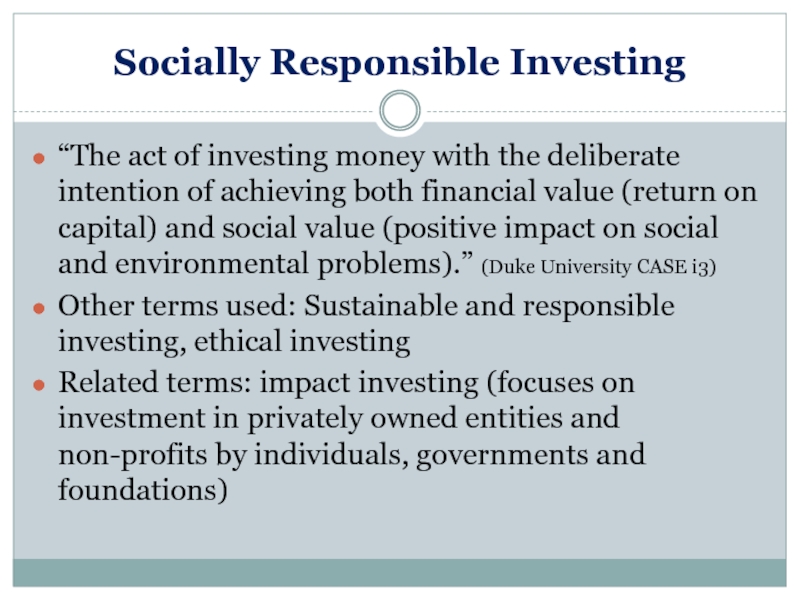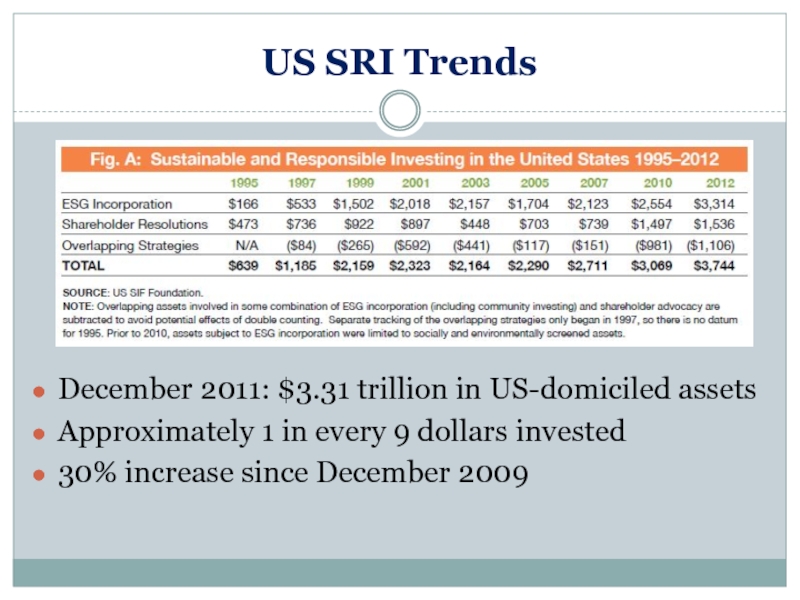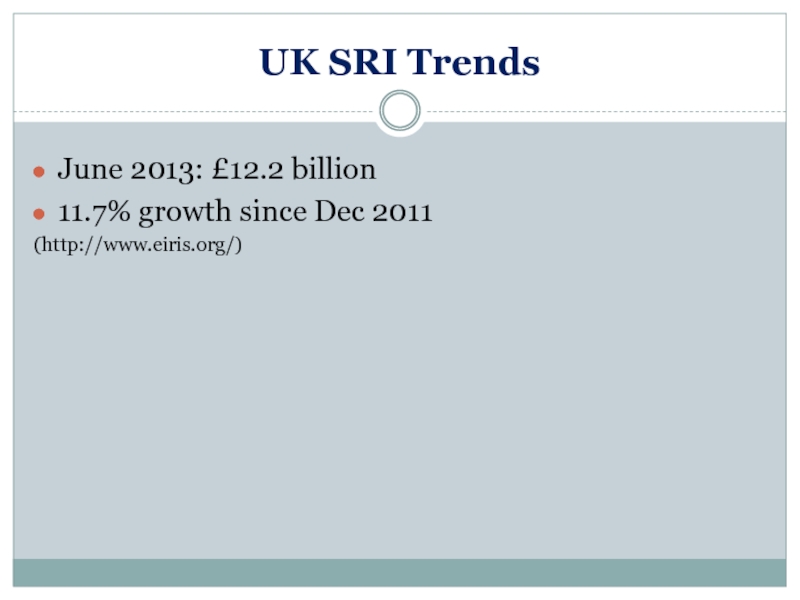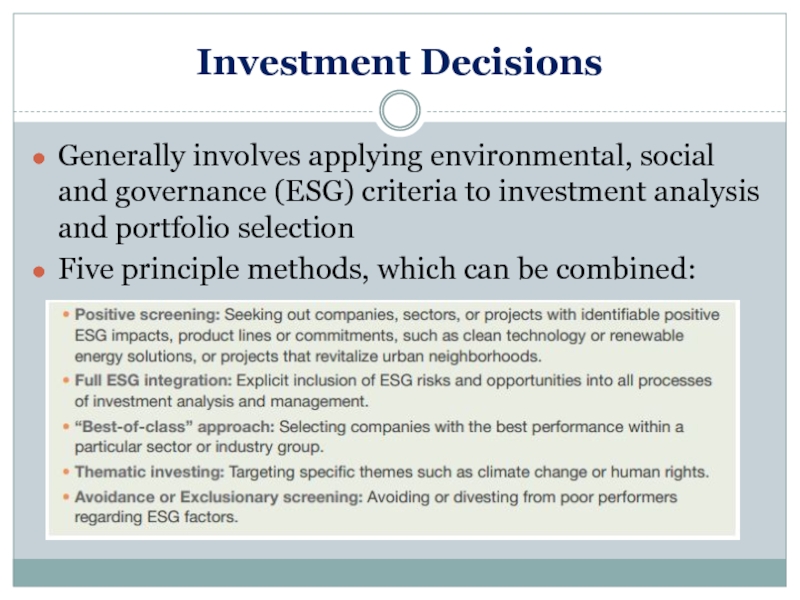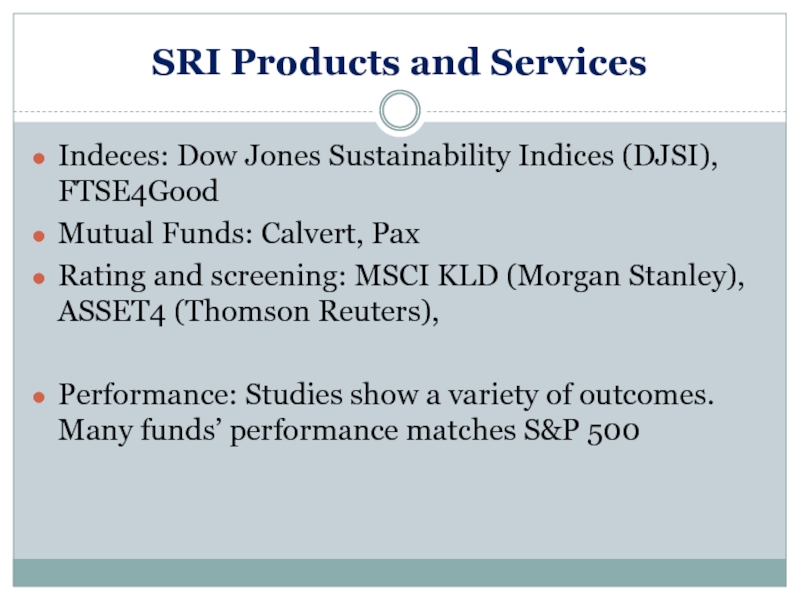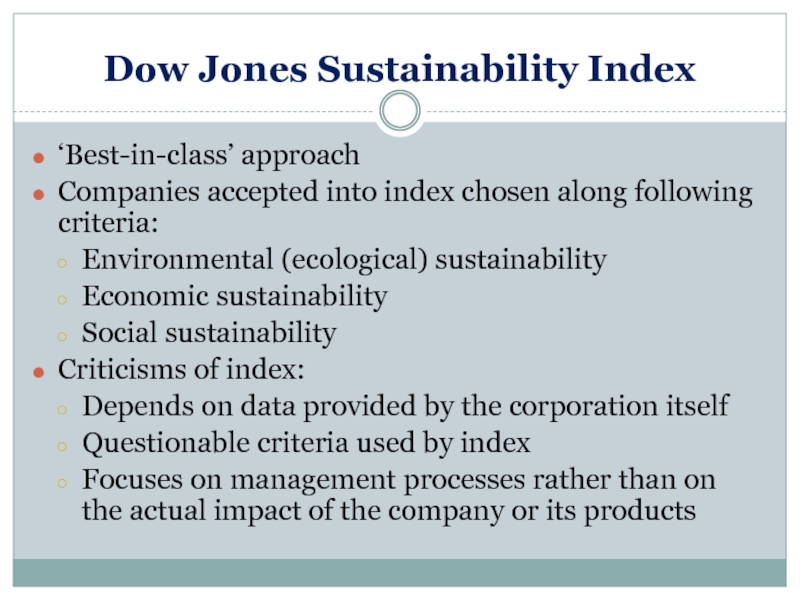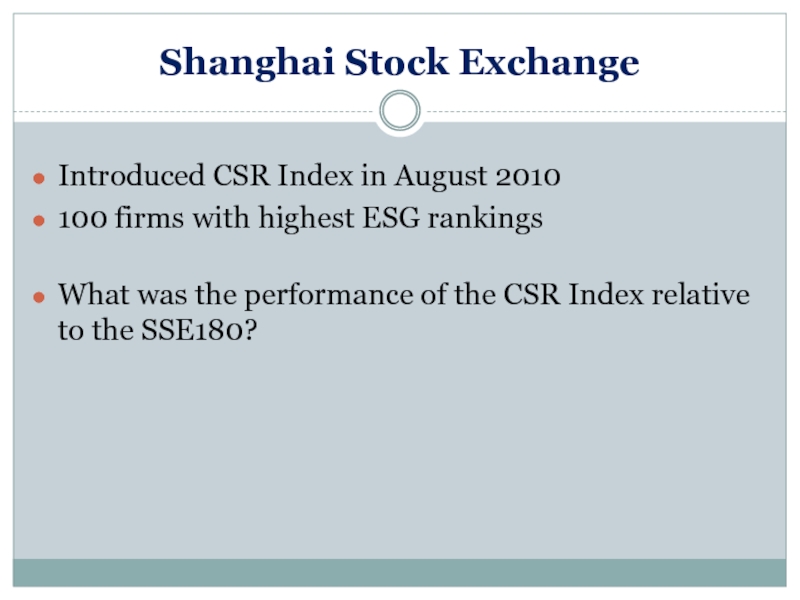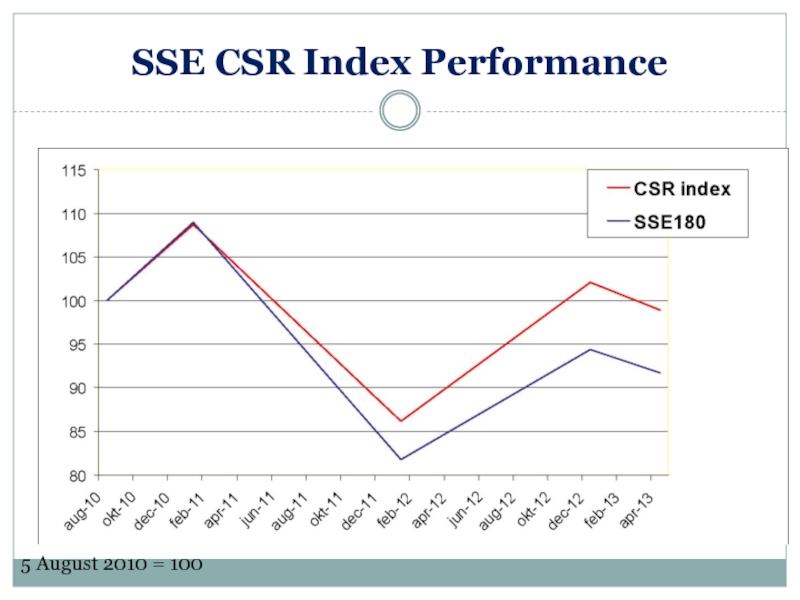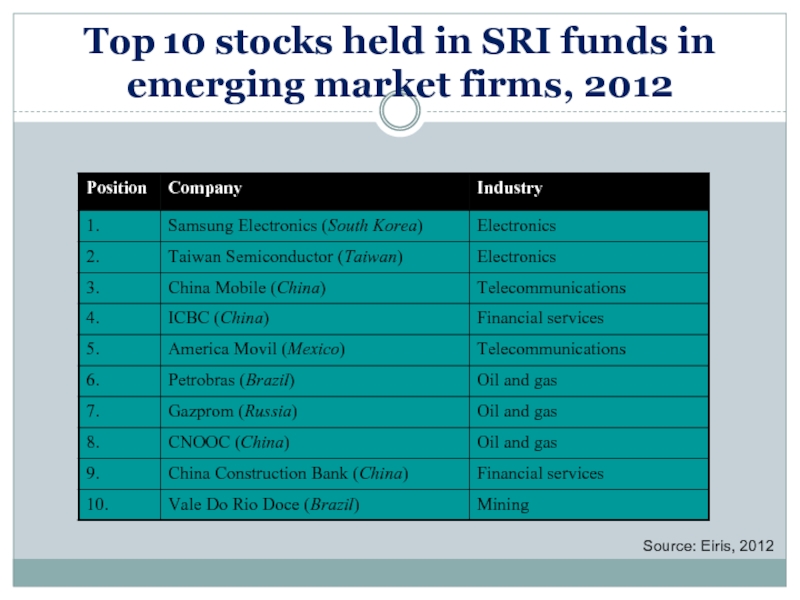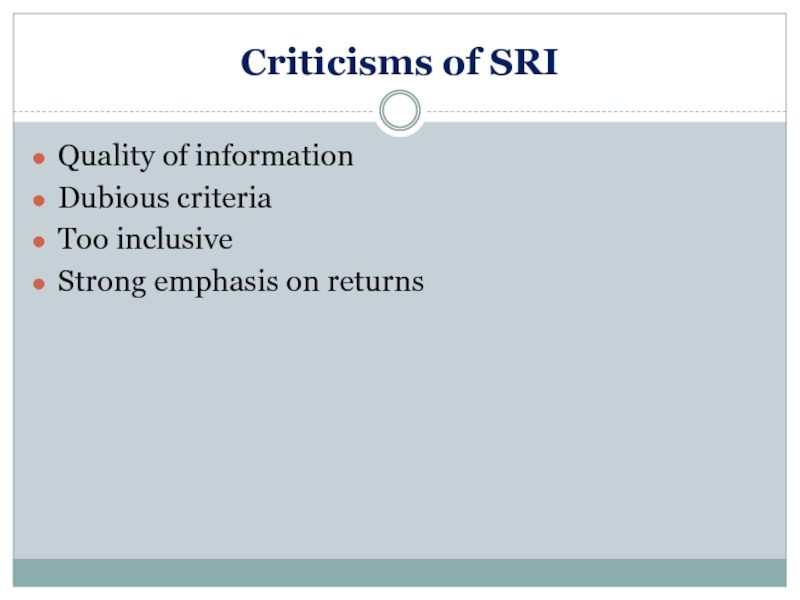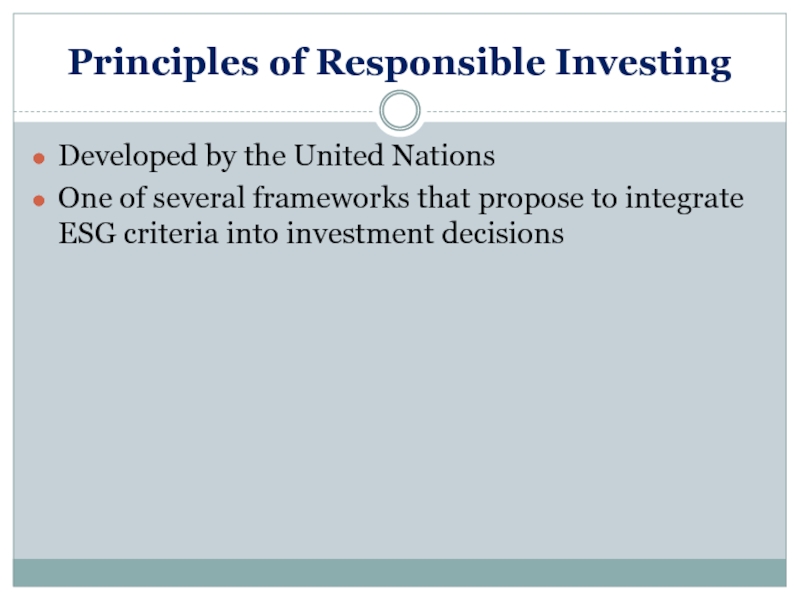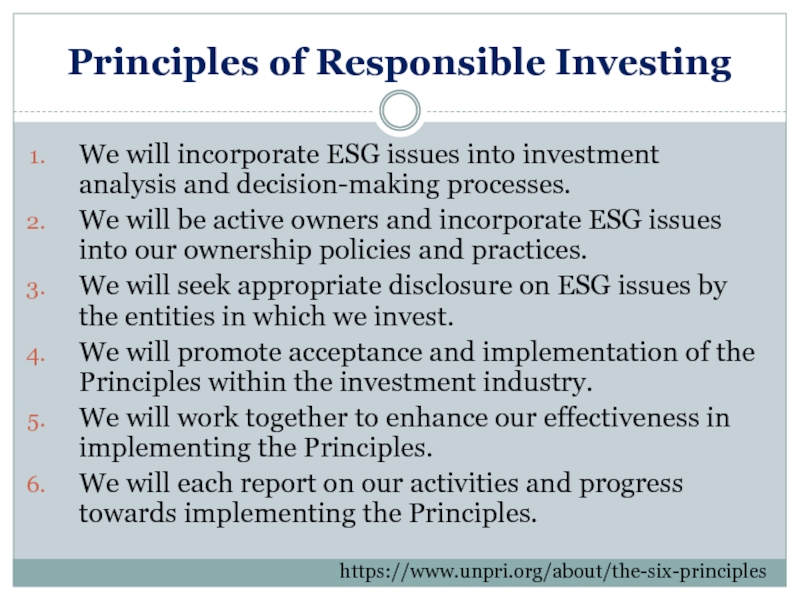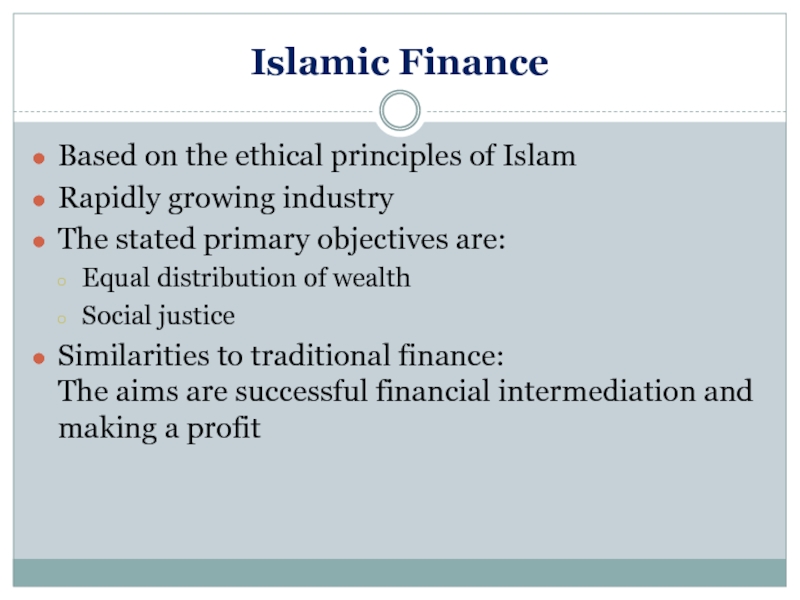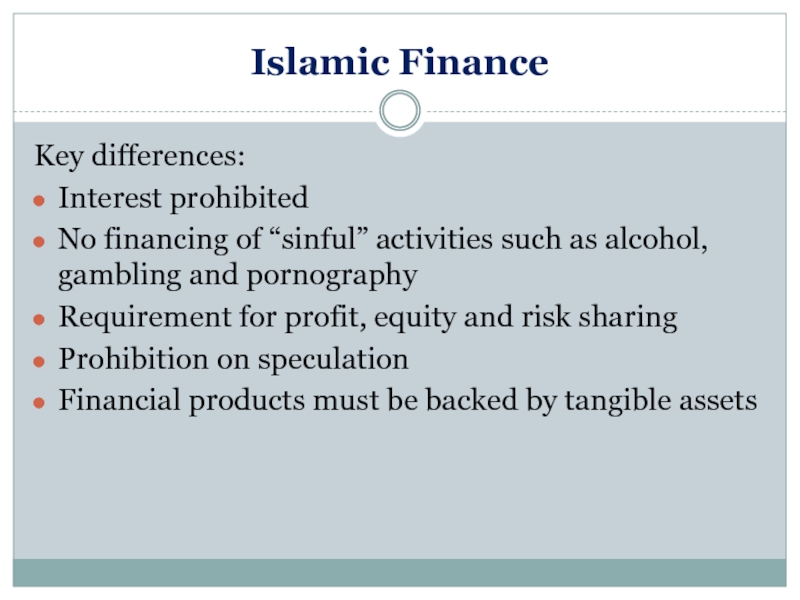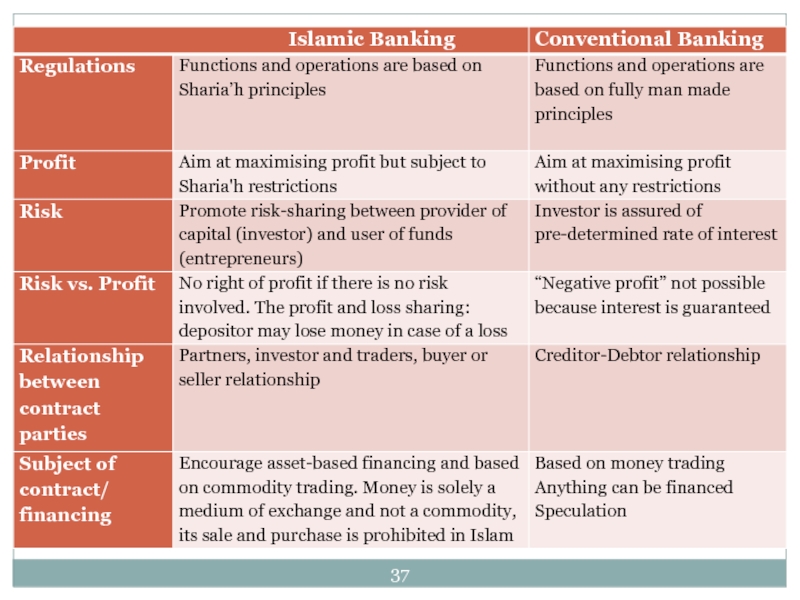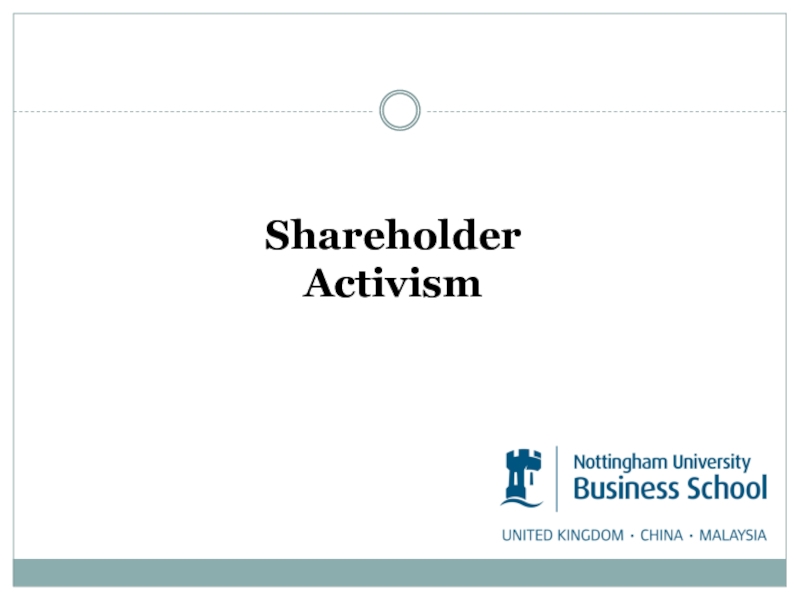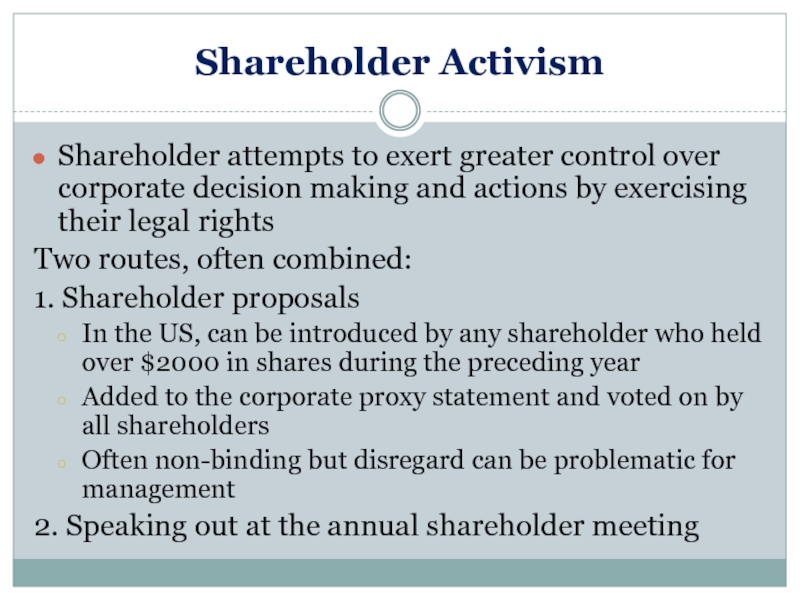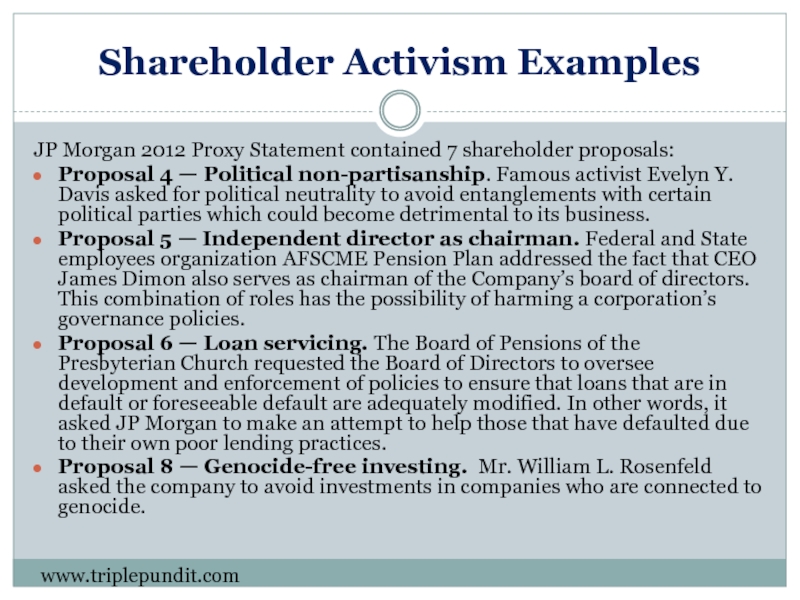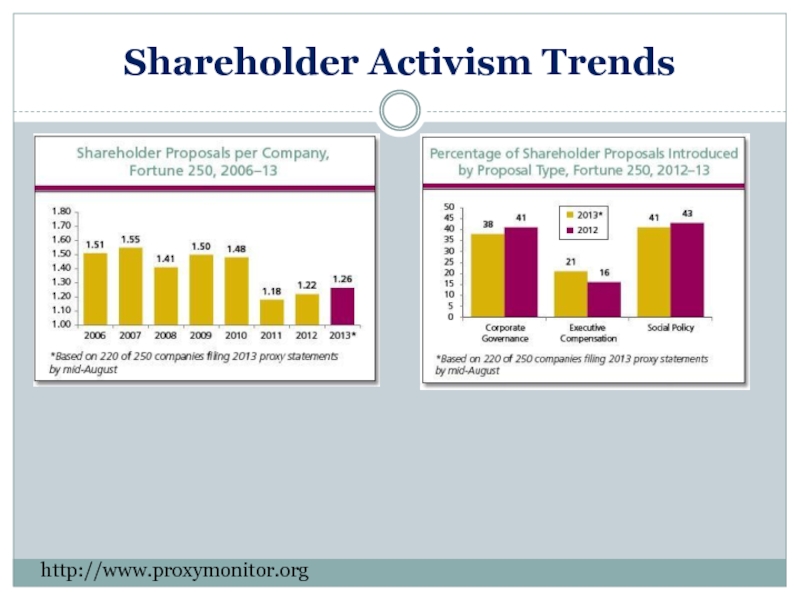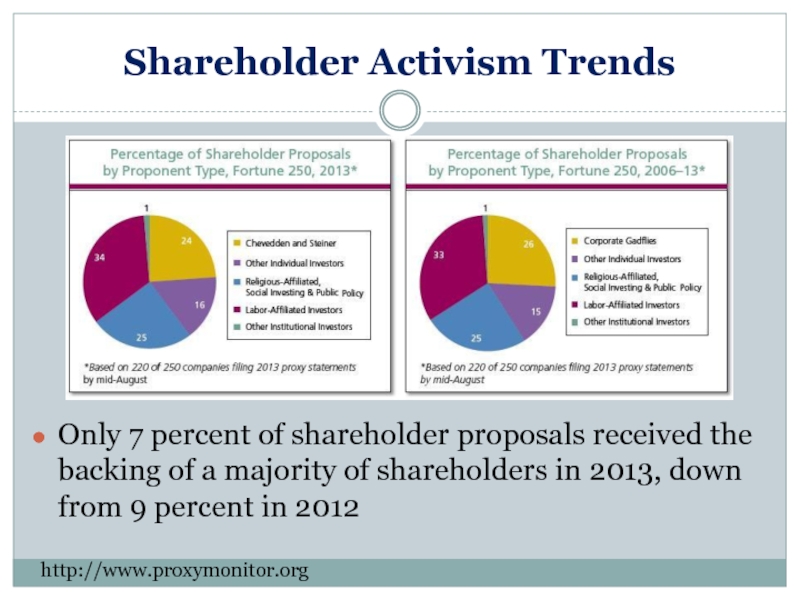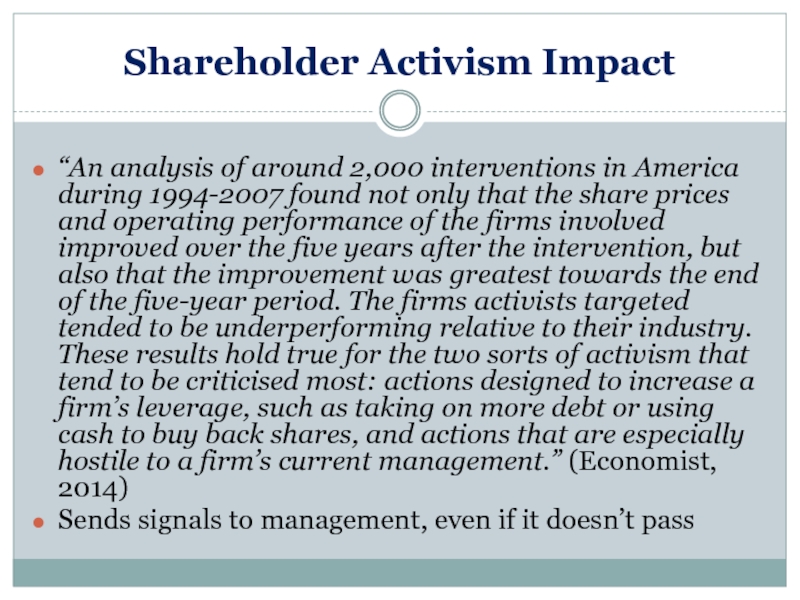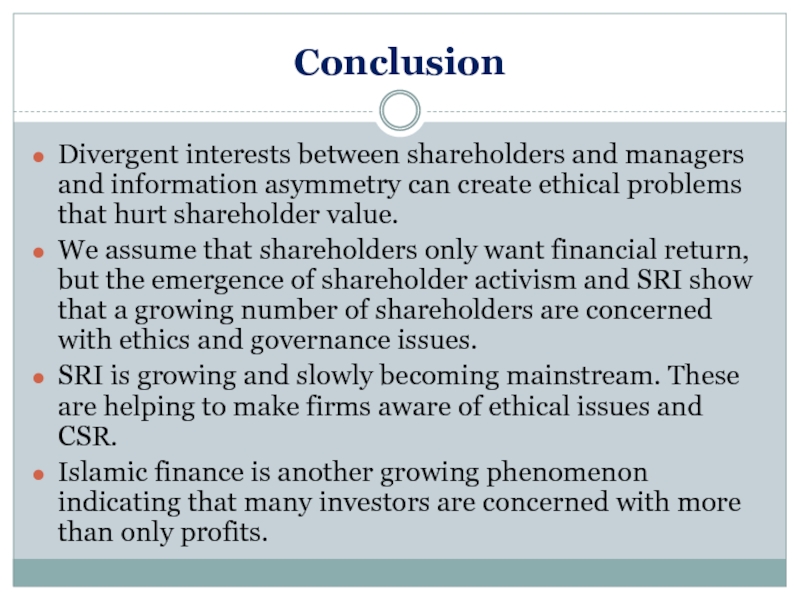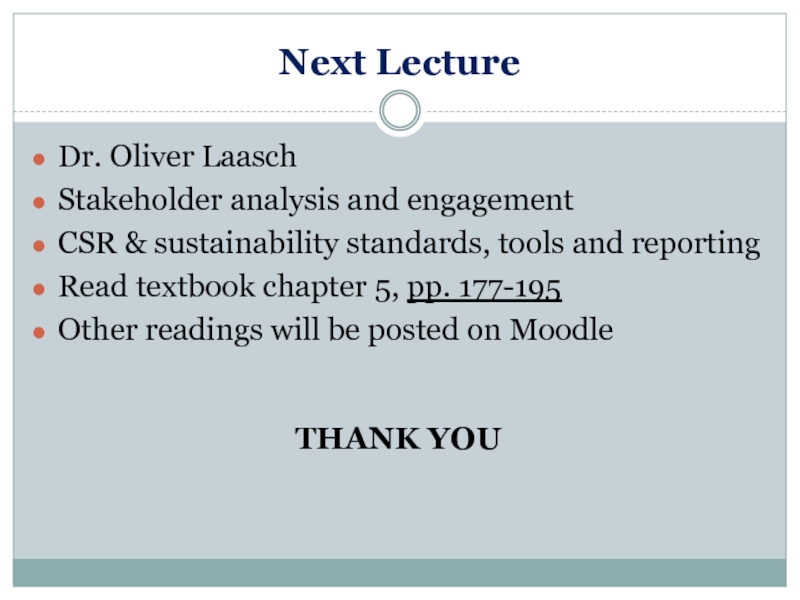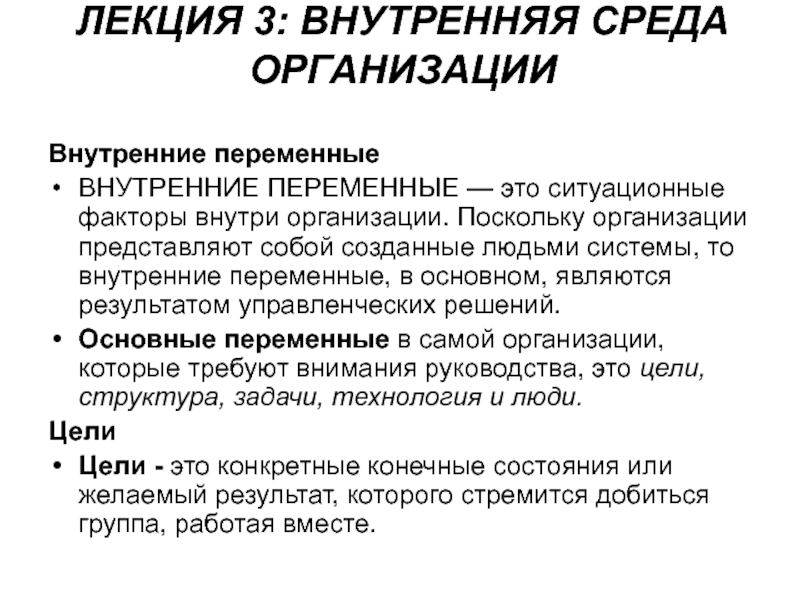- Главная
- Разное
- Дизайн
- Бизнес и предпринимательство
- Аналитика
- Образование
- Развлечения
- Красота и здоровье
- Финансы
- Государство
- Путешествия
- Спорт
- Недвижимость
- Армия
- Графика
- Культурология
- Еда и кулинария
- Лингвистика
- Английский язык
- Астрономия
- Алгебра
- Биология
- География
- Детские презентации
- Информатика
- История
- Литература
- Маркетинг
- Математика
- Медицина
- Менеджмент
- Музыка
- МХК
- Немецкий язык
- ОБЖ
- Обществознание
- Окружающий мир
- Педагогика
- Русский язык
- Технология
- Физика
- Философия
- Химия
- Шаблоны, картинки для презентаций
- Экология
- Экономика
- Юриспруденция
Shareholders and Business Ethics презентация
Содержание
- 1. Shareholders and Business Ethics
- 2. Shareholders and Business Ethics
- 3. Today’s Lecture Discuss the shareholder as a
- 4. Introduction Ethics and CSR often seen as
- 5. Owners and Control Traditionally ownership = control
- 6. Owners vs. Shareholders Often used interchangeably
- 7. Corporate Governance “Corporate governance describes the process
- 8. Shareholders’ rights The right to sell their
- 9. Shareholders’ expectations To be able to make
- 10. Ethical Issues Agency problem: Misalignment of
- 11. The Board of Directors A separate body
- 12. Corporate Governance Anglo-American model
- 13. Corporate Governance Models around the World
- 14. Corporate Governance Problems Numerous reasons why corporate
- 15. Corporate Governance Reforms In the wake of
- 16. Lehman Brothers Lehman Brothers and Goldman Sachs
- 17. Whistleblowing When an employee makes information about
- 18. Examples of Whistleblowing Some recent and prominent
- 19. Whistleblowing Whistleblowing can be facilitated by creating
- 20. Whistleblowing Example Sherry Hunt was a vice
- 21. Socially Responsible Investing
- 22. Socially Responsible Investing “The act of investing
- 23. The Promise “Who says you can't invest
- 24. US SRI Trends December 2011: $3.31 trillion
- 25. UK SRI Trends June 2013: £12.2 billion 11.7% growth since Dec 2011 (http://www.eiris.org/)
- 26. Investment Decisions Generally involves applying environmental, social
- 27. SRI Products and Services Indeces: Dow Jones
- 28. Dow Jones Sustainability Index ‘Best-in-class’ approach Companies
- 29. Shanghai Stock Exchange Introduced CSR Index in
- 30. SSE CSR Index Performance 5 August 2010 = 100
- 31. Top 10 stocks held in SRI
- 32. Criticisms of SRI Quality of information Dubious criteria Too inclusive Strong emphasis on returns
- 33. Principles of Responsible Investing Developed by the
- 34. Principles of Responsible Investing We will incorporate
- 35. Islamic Finance Based on the ethical principles
- 36. Islamic Finance Key differences: Interest prohibited No
- 38. Shareholder Activism
- 39. Shareholder Activism Shareholder attempts to exert greater
- 40. Shareholder Activism Examples JP Morgan 2012 Proxy
- 41. Shareholder Activism Examples McDonald’s 2013 Proxy Statement
- 42. Shareholder Activism Trends http://www.proxymonitor.org
- 43. Shareholder Activism Trends http://www.proxymonitor.org Only 7 percent
- 44. Shareholder Activism Impact “An analysis of around
- 45. Conclusion Divergent interests between shareholders and managers
- 46. Next Lecture Dr. Oliver Laasch Stakeholder analysis
Слайд 3Today’s Lecture
Discuss the shareholder as a key stakeholder in business
Ethical issues
Shareholders and corporate social responsibility
Слайд 4Introduction
Ethics and CSR often seen as protection of stakeholder interests from
But shareholders (a) can be victims of unethical behavior too, (b) can choose to voluntarily side with stakeholder interests
The rights of shareholders: ethical responsibilities of governments, firms and financial markets toward shareholders
The ethical values of shareholders: shareholders’ goals and interests beyond profit maximization
Socially responsible investing (SRI)
Shareholder activism
Слайд 5Owners and Control
Traditionally ownership = control
Up until the early 20th century,
Modern corporations are more often managed (controlled) by “agents” (managers) who have a fiduciary duty to fulfil the goals and mission given them by its “principals” (shareholders)
Exceptions exist: many SMEs and family-owned business, and even some corporations, are still run by their owners or primary shareholders
Слайд 6Owners vs. Shareholders
Often used interchangeably
However, a corporation is a legal
Corporation assets are owned by the corporation, not shareholders
Employees are employed by the corporation, not shareholders
Publicly traded corporation: distributed (dispersed) shareholding (esp. in Anglo-American model)
As distribution of shareholding increases, shareholders become less “owners”, managers become more powerful
Слайд 7Corporate Governance
“Corporate governance describes the process by which shareholders seek to
In the narrow sense it includes shareholders and the management of a corporation as the main actors, in a broader sense it includes all actors who contribute to the achievement of stakeholder goals inside and outside the corporation.”
Parkinson (1993: 157)
Слайд 8Shareholders’ rights
The right to sell their stock
The right to vote in
The right to certain information about the company
The right to sue the managers for (alleged) misconduct
Residual rights in case of the corporation’s liquidation
Does NOT include a right to a certain amount of profit
Слайд 9Shareholders’ expectations
To be able to make informed investment decisions, shareholders need
Transparency: completeness, understandability, and correctness in information
Markets and investment decisions also require a certain level of trust
Trustworthiness of management: competence and integrity
Слайд 10Ethical Issues
Agency problem: Misalignment of interests of agents and principles
Opportunistic
Accounting fraud
Detrimental M&As
Excessive executive compensation
Insider trading
All at the expense of shareholder value
Слайд 11The Board of Directors
A separate body that supervises and controls management
Two types of directors:
executive directors: are actually responsible for running the corporation (e.g., CEO, CFO, COO, etc.)
non-executive directors are supposed to ensure that the corporation is being run in the interests of shareholders (aka independent or outside directors)
Drawn from outside the corporation
No personal financial interest in the corporation
Appointed for limited time
Competent to judge the business of the company
Sufficient resources to get information
Слайд 14Corporate Governance Problems
Numerous reasons why corporate governance arrangements fail too work:
CEOs
Directors’ lack of independence (conflicts of interest)
Failure of directors to stand up to executives (lack of courage or strength)
Auditors want to maintain a good relationship with management (conflict of interest)
Auditors also offer consulting services to firm (conflict of interest)
Слайд 15Corporate Governance Reforms
In the wake of alarming corporate scandals, CG reforms
Separation of CEO and Chairman positions (often recommended but not required)
Number or proportion of independent outside directors
Independence of audit committee
Independence of compensation committee
Disclosure of compensation
But CG problems persist
Слайд 16Lehman Brothers
Lehman Brothers and Goldman Sachs had similar boards
Both had made
Lehman Brothers declared bankruptcy in 2008, during the Global Financial Crisis
Why did its board fail to prevent this disaster?
Слайд 17Whistleblowing
When an employee makes information about misconduct by their employer public
Many corporate (and government and NGO) scandals came to light thanks to whistleblowing
Whistleblowing directly to the press or the public is becoming more common
Слайд 18Examples of Whistleblowing
Some recent and prominent examples of whistleblowing include:
Jeffrey Wigand
Sherron Watkins, Vice President of Corporate Development, helped expose accounting fraud at Enron
Cynthia Cooper, Vice President of Internal Audit, exposed a $3.8 billion fraud at WorldCom
Edward Snowden
Слайд 19Whistleblowing
Whistleblowing can be facilitated by creating telephone hotlines that allow employees
Anonymity is important because whistleblowers face many risks and hardships
Some countries, but not all, offer legal protection for whistleblowers
In some countries whistleblowing is financially rewarded
Слайд 20Whistleblowing Example
Sherry Hunt was a vice president and chief underwriter at
In 2011 she blew the whistle on her employer for fraud
The US Government brought a lawsuit against Citibank, which was settled for $158.3 million
Hunt received $31 Million (http://www.whistleblowerrecovery.com/citibank.html)
Слайд 22Socially Responsible Investing
“The act of investing money with the deliberate intention
Other terms used: Sustainable and responsible investing, ethical investing
Related terms: impact investing (focuses on investment in privately owned entities and non-profits by individuals, governments and foundations)
Слайд 23The Promise
“Who says you can't invest responsibly and still beat the
Слайд 24US SRI Trends
December 2011: $3.31 trillion in US-domiciled assets
Approximately 1 in
30% increase since December 2009
Слайд 26Investment Decisions
Generally involves applying environmental, social and governance (ESG) criteria to
Five principle methods, which can be combined:
Слайд 27SRI Products and Services
Indeces: Dow Jones Sustainability Indices (DJSI), FTSE4Good
Mutual
Rating and screening: MSCI KLD (Morgan Stanley), ASSET4 (Thomson Reuters),
Performance: Studies show a variety of outcomes. Many funds’ performance matches S&P 500
Слайд 28Dow Jones Sustainability Index
‘Best-in-class’ approach
Companies accepted into index chosen along following
Environmental (ecological) sustainability
Economic sustainability
Social sustainability
Criticisms of index:
Depends on data provided by the corporation itself
Questionable criteria used by index
Focuses on management processes rather than on the actual impact of the company or its products
Слайд 29Shanghai Stock Exchange
Introduced CSR Index in August 2010
100 firms with highest
What was the performance of the CSR Index relative to the SSE180?
Слайд 32Criticisms of SRI
Quality of information
Dubious criteria
Too inclusive
Strong emphasis on returns
Слайд 33Principles of Responsible Investing
Developed by the United Nations
One of several
Слайд 34Principles of Responsible Investing
We will incorporate ESG issues into investment analysis
We will be active owners and incorporate ESG issues into our ownership policies and practices.
We will seek appropriate disclosure on ESG issues by the entities in which we invest.
We will promote acceptance and implementation of the Principles within the investment industry.
We will work together to enhance our effectiveness in implementing the Principles.
We will each report on our activities and progress towards implementing the Principles.
https://www.unpri.org/about/the-six-principles
Слайд 35Islamic Finance
Based on the ethical principles of Islam
Rapidly growing industry
The stated
Equal distribution of wealth
Social justice
Similarities to traditional finance: The aims are successful financial intermediation and making a profit
Слайд 36Islamic Finance
Key differences:
Interest prohibited
No financing of “sinful” activities such as alcohol,
Requirement for profit, equity and risk sharing
Prohibition on speculation
Financial products must be backed by tangible assets
Слайд 39Shareholder Activism
Shareholder attempts to exert greater control over corporate decision making
Two routes, often combined:
1. Shareholder proposals
In the US, can be introduced by any shareholder who held over $2000 in shares during the preceding year
Added to the corporate proxy statement and voted on by all shareholders
Often non-binding but disregard can be problematic for management
2. Speaking out at the annual shareholder meeting
Слайд 40Shareholder Activism Examples
JP Morgan 2012 Proxy Statement contained 7 shareholder proposals:
Proposal 4 — Political non-partisanship. Famous activist Evelyn Y. Davis asked for political neutrality to avoid entanglements with certain political parties which could become detrimental to its business.
Proposal 5 — Independent director as chairman. Federal and State employees organization AFSCME Pension Plan addressed the fact that CEO James Dimon also serves as chairman of the Company’s board of directors. This combination of roles has the possibility of harming a corporation’s governance policies.
Proposal 6 — Loan servicing. The Board of Pensions of the Presbyterian Church requested the Board of Directors to oversee development and enforcement of policies to ensure that loans that are in default or foreseeable default are adequately modified. In other words, it asked JP Morgan to make an attempt to help those that have defaulted due to their own poor lending practices.
Proposal 8 — Genocide-free investing. Mr. William L. Rosenfeld asked the company to avoid investments in companies who are connected to genocide.
www.triplepundit.com
Слайд 41Shareholder Activism Examples
McDonald’s 2013 Proxy Statement contained a shareholder proposal that
Such resolutions typically garner 6-8% of votes
www.triplepundit.com
Слайд 43Shareholder Activism Trends
http://www.proxymonitor.org
Only 7 percent of shareholder proposals received the backing
Слайд 44Shareholder Activism Impact
“An analysis of around 2,000 interventions in America during
Sends signals to management, even if it doesn’t pass
Слайд 45Conclusion
Divergent interests between shareholders and managers and information asymmetry can create
We assume that shareholders only want financial return, but the emergence of shareholder activism and SRI show that a growing number of shareholders are concerned with ethics and governance issues.
SRI is growing and slowly becoming mainstream. These are helping to make firms aware of ethical issues and CSR.
Islamic finance is another growing phenomenon indicating that many investors are concerned with more than only profits.
Слайд 46Next Lecture
Dr. Oliver Laasch
Stakeholder analysis and engagement
CSR & sustainability standards, tools
Read textbook chapter 5, pp. 177-195
Other readings will be posted on Moodle
THANK YOU
